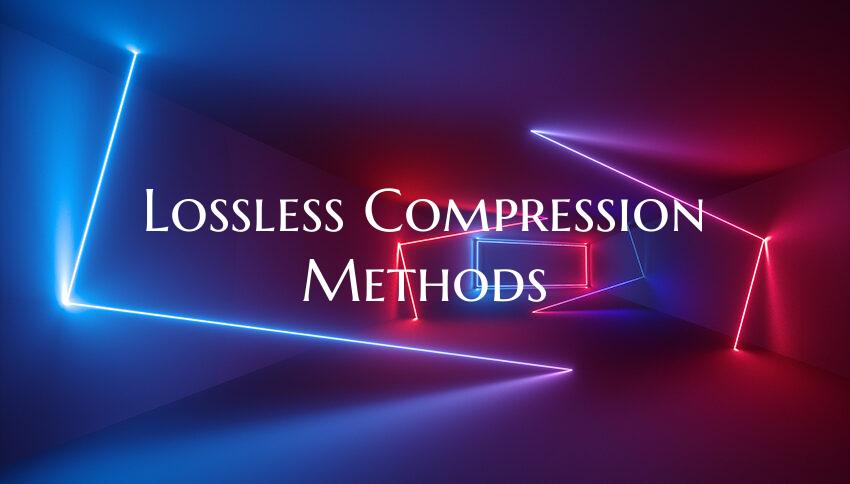Lossless Compression Methods
Lossless compression methods are techniques used to reduce the size of data without losing any information from it. These methods are widely used in various fields to store, transmit, and process data more efficiently while ensuring data integrity.
One common lossless compression method is the Huffman coding technique, which assigns variable-length codes to different characters based on their frequency of occurrence in the data. By using shorter codes for more frequent characters and longer codes for less frequent characters, Huffman coding can effectively reduce the overall size of the data.
Another popular lossless compression method is the Run-Length Encoding (RLE) technique, which replaces consecutive occurrences of the same data value with a single value followed by a count of the number of repetitions. This method is particularly useful for compressing data with long sequences of repeated values, such as simple graphics or bitmap images.
Lossless compression methods are essential in applications where data integrity is crucial, such as in medical imaging, telecommunication, and archiving. By reducing the size of data without losing any information, these methods enable more efficient storage, faster transmission, and improved processing of large datasets.
In conclusion, lossless compression methods play a vital role in modern computing by enabling the efficient handling of data without sacrificing its quality or integrity. With advancements in technology, these methods continue to evolve, providing new ways to optimize data storage and transmission in various industries.

